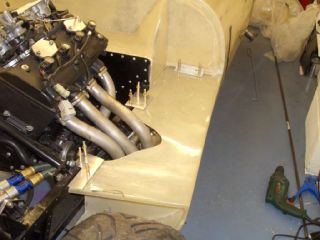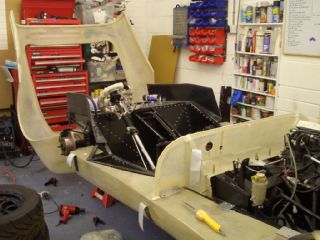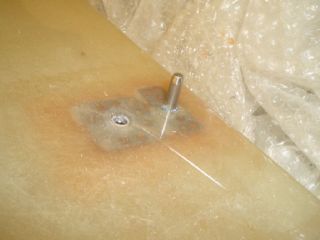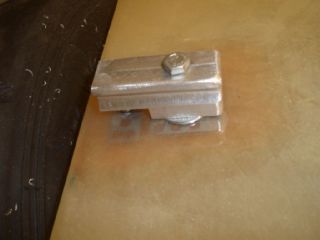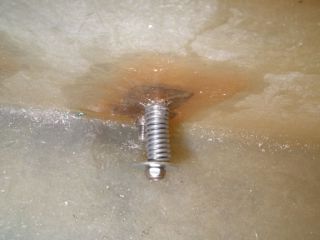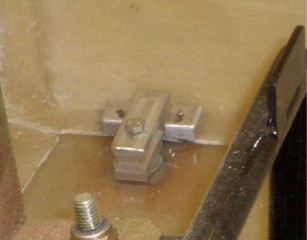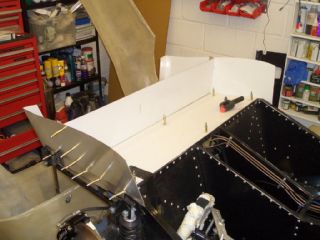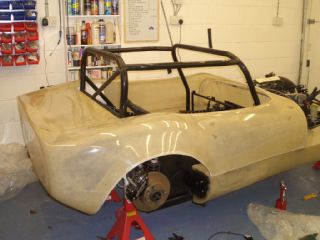Once all the brackets were made up and the holes drilled, I attached
the aluminium brackets using the usual combination of PU adhesive and pop rivets. The sidepods need to be detachable,
and so pop-rivetting them in place wouldn't be a great idea. Instead, they're bolted into place using Bighead M6 fasteners bonded into place with some GRP and polyester resin.
The Bighead fasteners appear to work really well and provide a very secure way of adding captive nuts in GRP. In
fact, I managed to cross-thread one and the stainless bolt sheared before the Bighead fastener came adrift.
They're not the lightest way of adding captive nuts, admittedly. Aluminium rivnuts would be lighter, but I used
them on the Furybird I, and half of them pulled through even before I spanked the car into the Armco. |
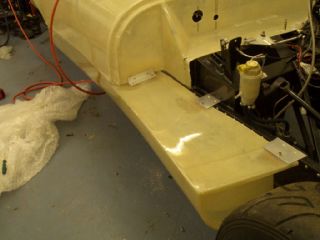 |
